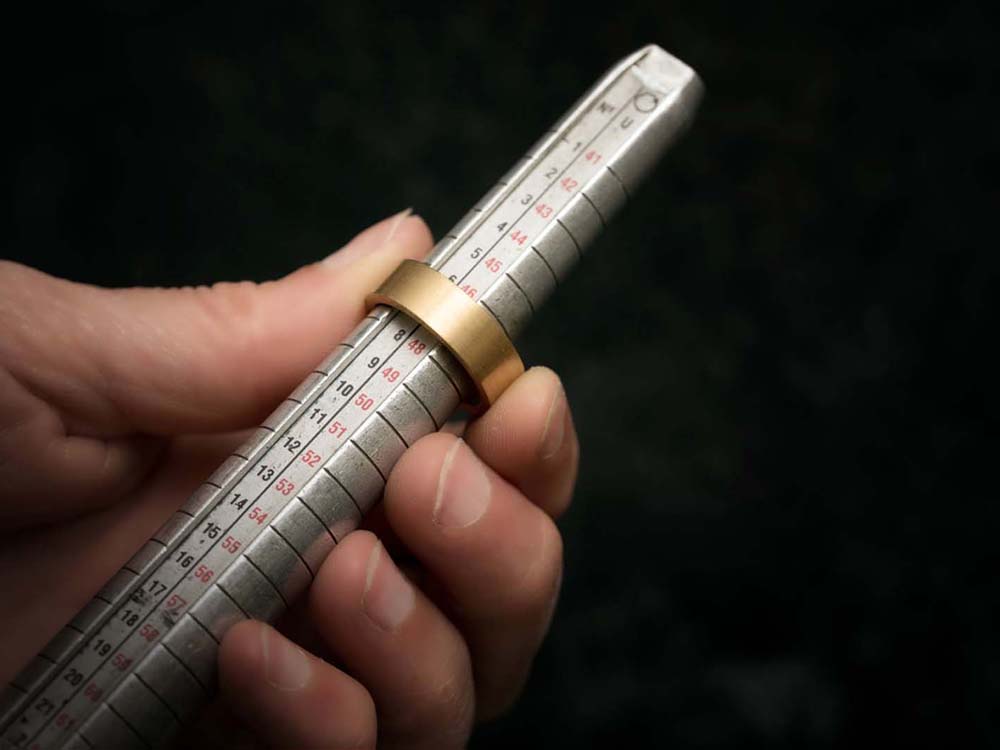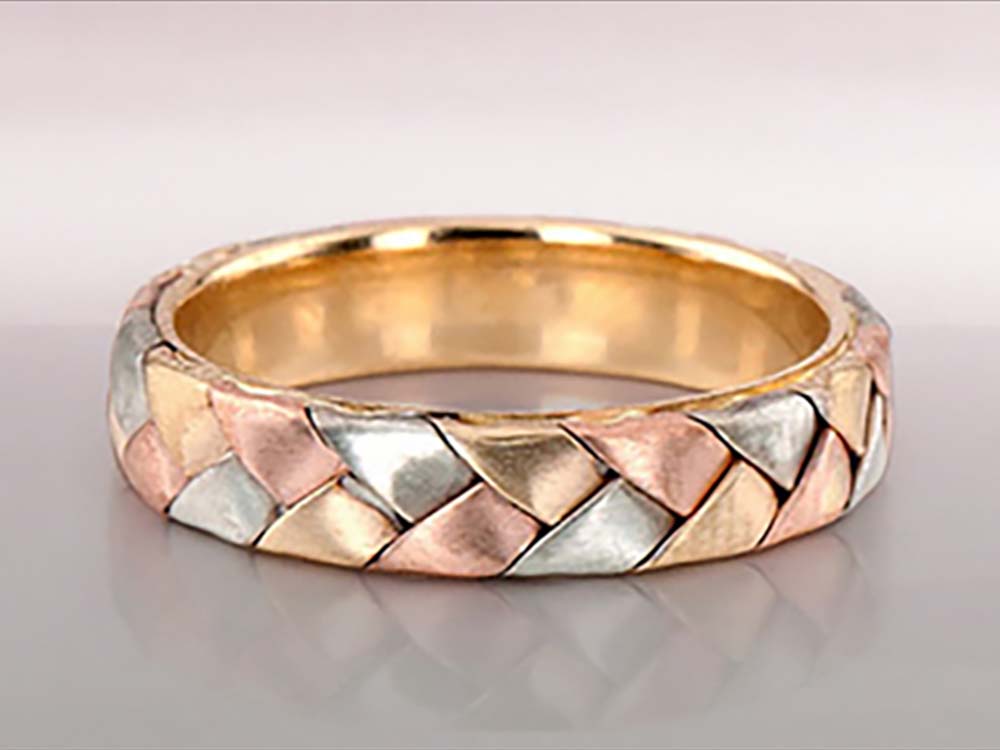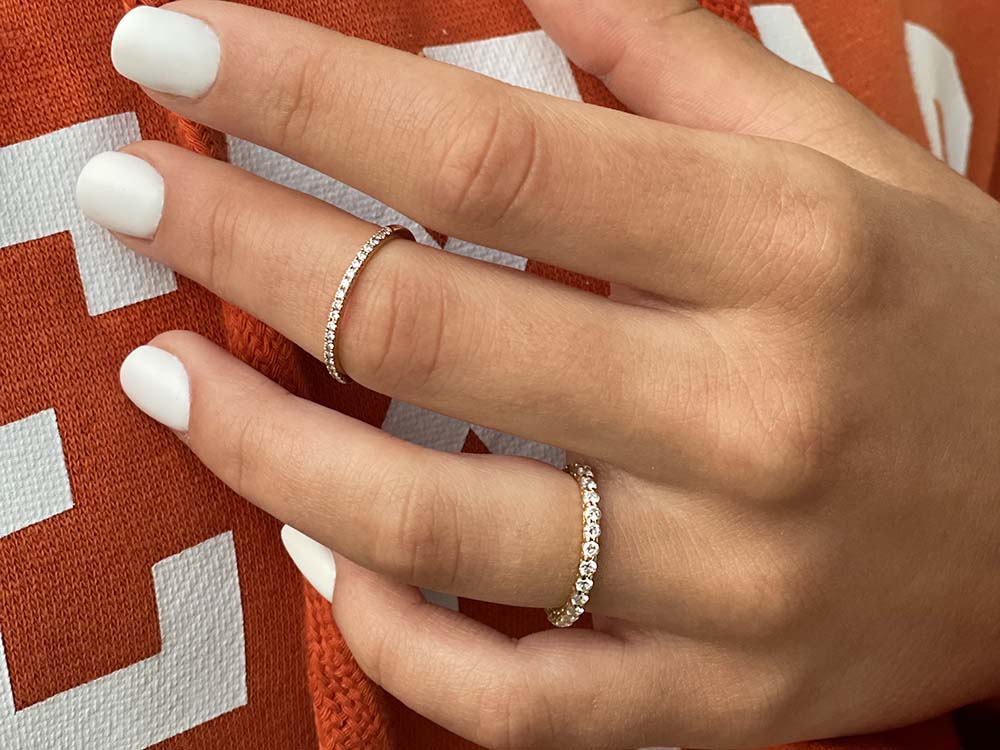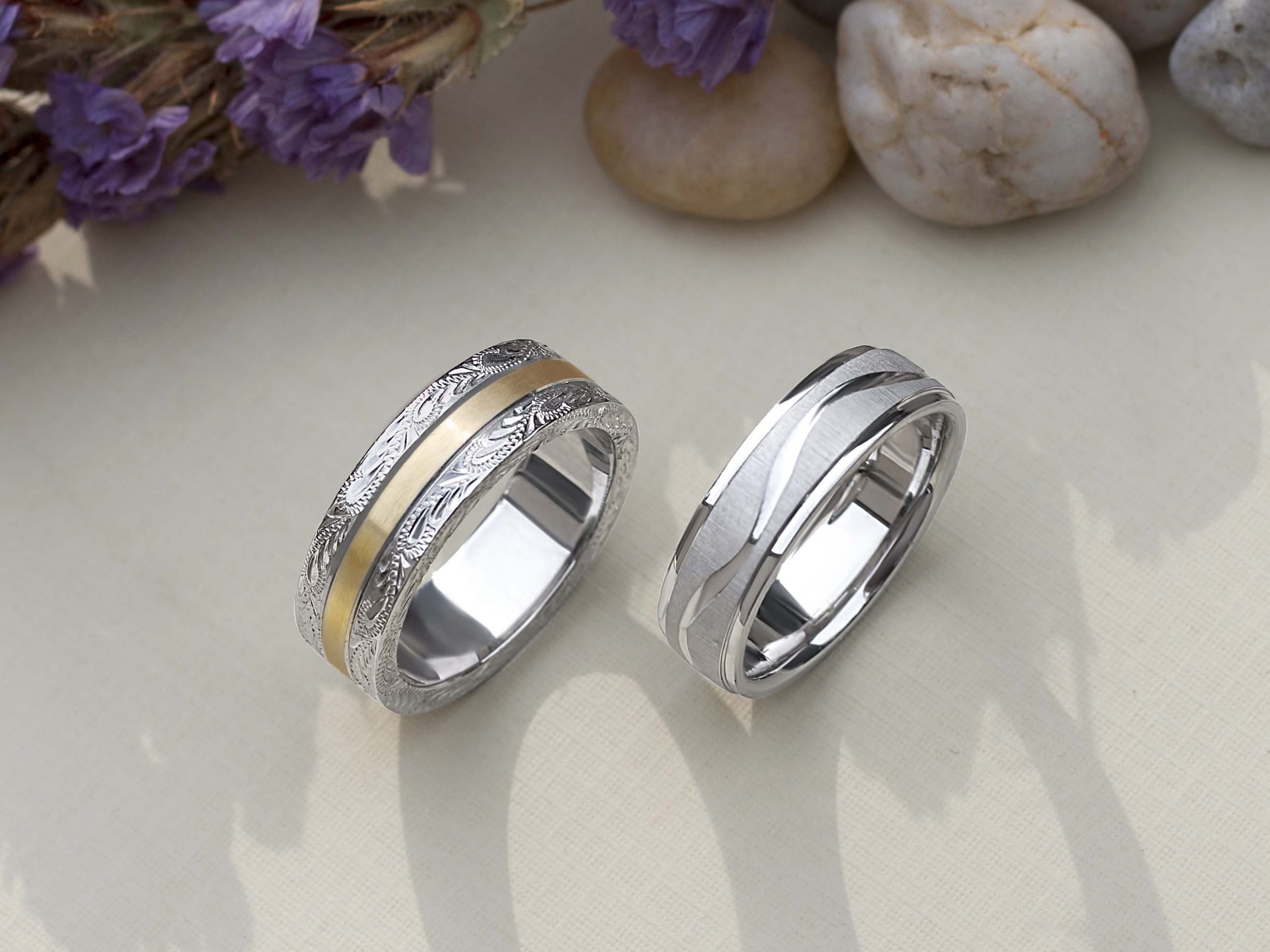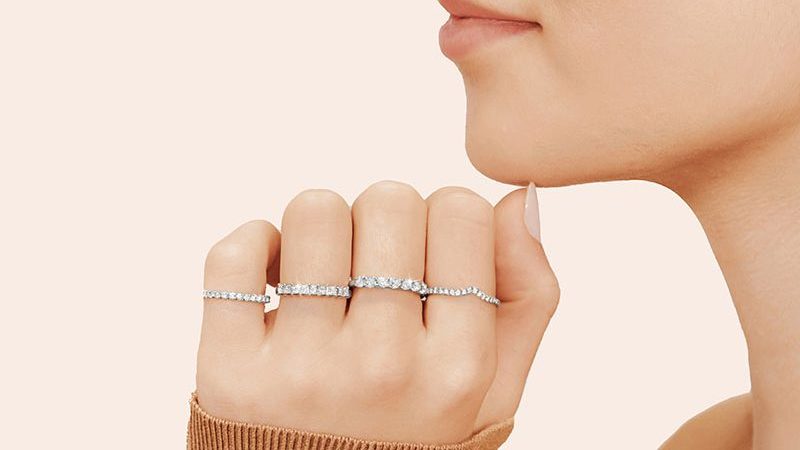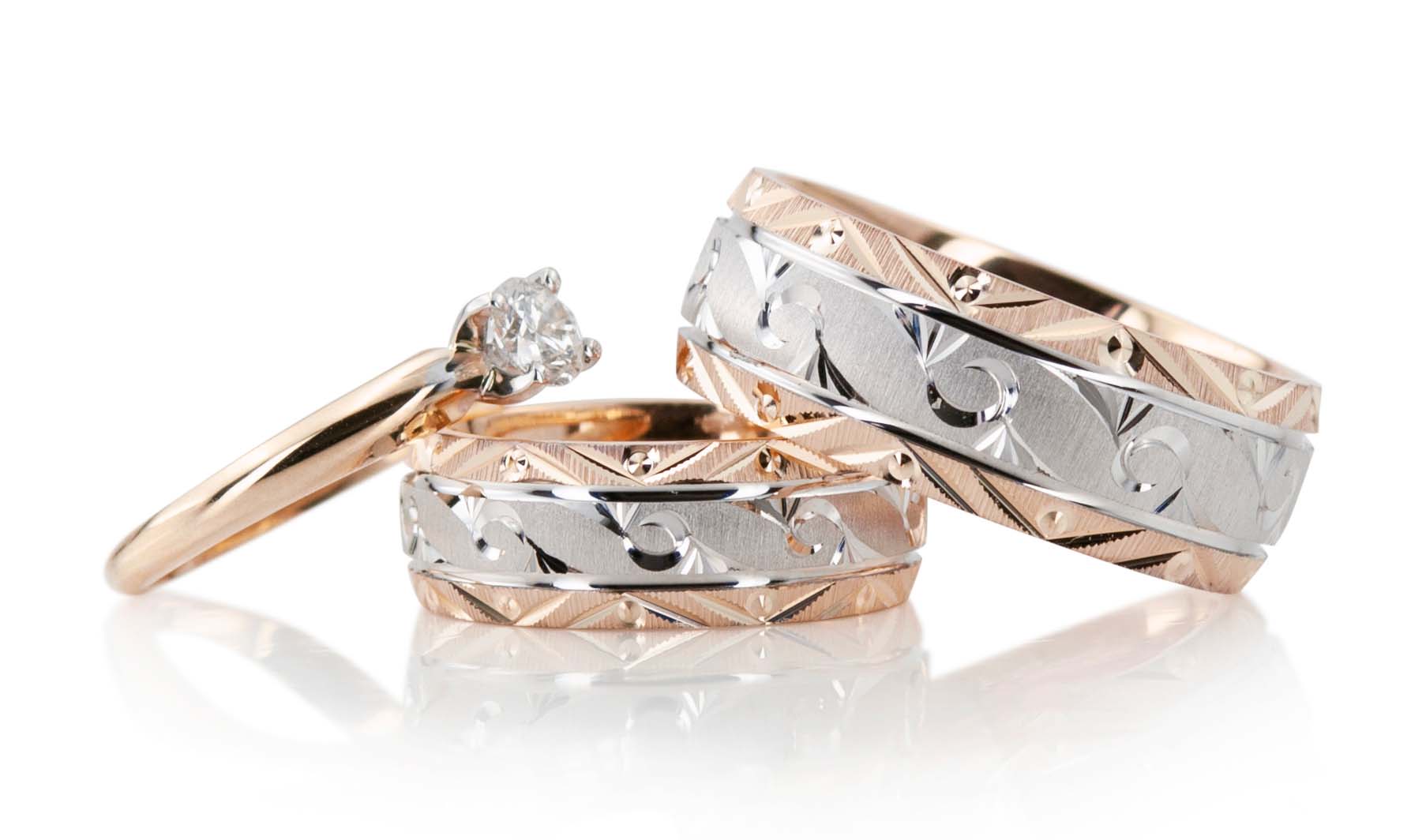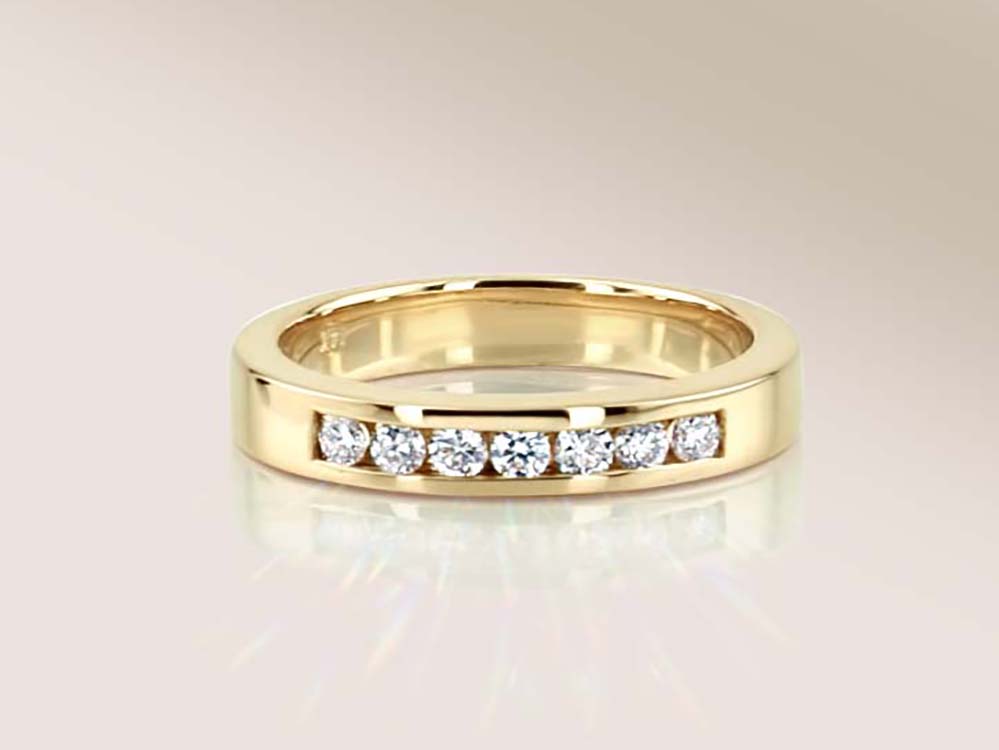No matter what culture you belong to, the commitment two persons take when agreeing to join their life in marriage holds a great importance. Engagement, the promise two lovers make to each other, is celebrated and marked by incredibly varied and fascinating engagement traditions around the world.
Besides certain unique traditions that belong to a culture, each couple has its own quicks and special memories, symbols and rituals. In many countries, it is now customary for the couple to wear unique matching wedding bands, as a symbol of their long-lasting love and the beauty of complementing each other.
Preceding his & hers wedding band sets, engagement rings should be part of the couple’s symbolism and wishes for the future, and it should represent the relationship that was built until then, as well as the promise of future happiness together. But numerous engagement customs make the event even more meaningful. Let’s have a journey around the world to find the most interesting ones!
America. Engagement customs in America are similar to much of the Western World, where a man presents his intended with a diamond engagement ring. However, diamond rings didn’t factor into the equation until the 1920s, when the diamond industry introduced the concept of diamond engagement rings to the world. Needless to say, their advertising was very effective! Instead, couples used to present each other with love tokens, which could be as simple as a poem and a lock of hair or as elaborate as an antique necklace.
Japan. Although couples used to come together thanks to the powers of a local matchmaker, partners today are adopting more Western attitudes and customs towards engagement. However, the families of the engaged couple will still get together and present each other with approximately nine gifts, each with a special significance that’s been handed down for thousands of years. Once the gift exchange is complete, the groom-to-be will then give a large betrothal gift to the bride’s family, which is like a reverse dowry.
In fact, dowries used to be a popular means of engagement even in Europe, as marriage was seen more as a business contract than a union of love. Fathers of daughters would tempt rich and important husbands by offering sizable dowries that could include money, land or livestock.
Nigeria. The engagement ceremony is a very elaborate process, with many couples getting married straight after the engagement. Instead of the man asking for the woman’s hand in marriage, the intended groom’s family gathers together and asks the woman’s family for her hand. Once the woman’s family accepts, the couples are then considered engaged and might even marry on the spot, although Nigerian government is still trying to outlaw this practice.
Egypt. While Egyptian couples exchange rings upon becoming engaged, the placement of the ring is quite different than that of the Western world: during the engagement period, the couple will wear the rings on the right hand. Once married, that ring then transfers to the left hand. The placement of the ring has varied among many different cultures, with traditional Celts opting to wear their engagement claddagh rings on the middle finger until the marriage ceremony, where it will then transfer to the ring finger.
As many cultures believe that the heart is connected by a vein to the left ring finger, this is why we place engagement rings and wedding bands there.



